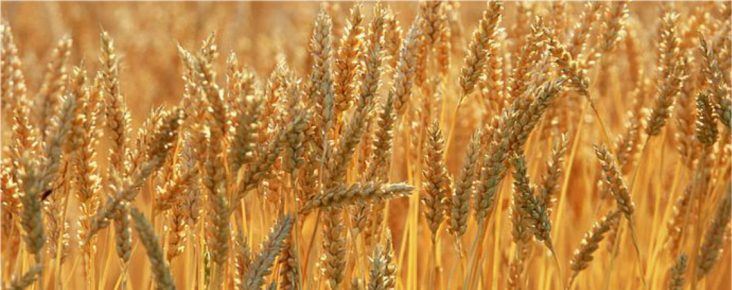Winter wheat acres may increase in 2019
by September 20, 2018 10:00 pm 629 views

Arkansas farmers only planted about 100,000 winter wheat acres this year, the lowest number since Dwight Eisenhower was in the White House. Those numbers could spike in 2019. Higher winter wheat contract prices, and soybean woes may compel some farmers to plant more wheat, according to the University of Arkansas Division of Agriculture.
“This was partially due to prices, but a bigger factor may have been the dry fall which prevented some from planting. With the relatively low prices for soybeans and still somewhat attractive wheat price, wheat acres will likely increase this fall,” Jason Kelley, extension wheat and feed grains agronomist said.
Autumn is the time when Arkansas’ winter wheat growers are making planting decisions for a crop to be harvested next June. Each year, extension economists create planning budgets to help growers plan for each crop. The winter wheat enterprise budgets were released in August. Wheat is primarily grown in eastern Arkansas, and in the Red and Arkansas river valley regions.
Input cost and bushel prices could remain obstacles, however.
“In doing our input cost surveys for the budgets, we did find that fertilizer costs had increased over the past year, and fertilizer is the single largest input cost for wheat,” Scott Stiles, extension economist for the University of Arkansas System Division of Agriculture said. “Our budgets reflect a $22-per-acre increase in fertilizer costs over last year, but that number has now moved higher. Prices for urea, phosphates and potash have continued to increase over the past month. In August, total variable costs in our wheat budget was projected to be up roughly $22 per acre from last year.”
Stiles said wheat futures will need to recover to the $6 a bushel price level to compensate for the continued rise in fertilizer costs. The July 2019 wheat futures contract is trading at $5.56, he said. It’s still 62-cents or 13% higher than the bushel price at this time in 2017, he added. Wheat did hit $6 per bushel in June, and Kelley said he hopes most wheat farmers where proactive and locked in contract prices at that time.
World weather troubles could drive prices higher, Stiles said. Trouble spots include Australia, Canada and the European Union.
“Australian production is off due to the terrible drought conditions. To compound that, this week parts of Australia have also experienced frost and freezing temperatures,” he said. “Estimates of their wheat production may be revised lower in upcoming USDA reports.”
Another reason farmers may decide to plant wheat are ongoing issues with soybeans. Prices have been low and and ongoing trade wars, especially with China, may limit international soybean markets. Winter wheat is planted in late October or early November and harvested in June. It typically rotates with soybeans.
